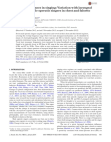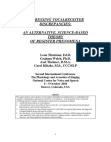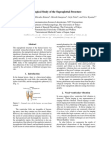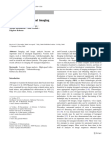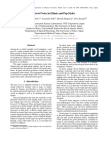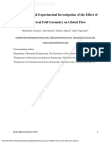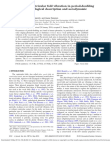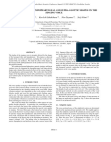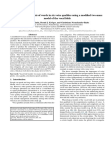Shomyo: Buddhist Ritual Chant
33,458 views•Feb 3, 20142045ShareSaveJapanSocietyNYC 312K subscribers MUSIC Shomyo: Buddhist Ritual Chant Thursday, March 6, 7:30 PM http://www.japansociety.org/event/sho… North American Debut Shomyo no Kai–Voices of a Thousand Years Co-presented with the Mid-Manhattan Performing Arts Foundation at St. Bartholomew’s Church. The glorious, reverberating voices of two dozen Buddhist priests in colorful robes fill the grand hall of St. Bartholomew’s Church. One of the oldest living forms of vocal music, shomyo is believed to have originated in India before traveling along the Silk Road and eventually entering Japan in the 6th century, where it has been practiced ever since. The critically acclaimed group Shomyo no Kai–Voices of a Thousand Years, comprising priests from the Shingon and Tendai sects whose mission is to showcase the beauty of shomyo as an art form, performs the contemporary shomyo work Life in an Autumn, written in the aftermath of 9/11 by New York- and Tokyo-based composer Ushio Torikai. Pre-performance Lecture on shomyo’s history and musical form led by composer Ushio Torikai. Open to ticket holders only. Begins one hour prior to the concert in the St. Bart’s Chapel. Space is limited, first come, first served. Acclaimed composer Ushio Torikai is known for her wide ranging works and for being one of the rare contemporary composers to compose for Buddhist chant groups. The New York Times applauded Torikai’s music as “…exuberant and spectacular.” TICKETS $30/$24 Japan Society and St. Bartholomew’s Church/Friends of Great Music members. General admission. Advance Tickets available through the Japan Society Box Office. Walk-up tickets in the evening of the concert available through the St. Bartholomew’s Church box office, based on availability. OFFSITE EVENT St. Bartholomew’s Church Park Ave. at 51st St.









